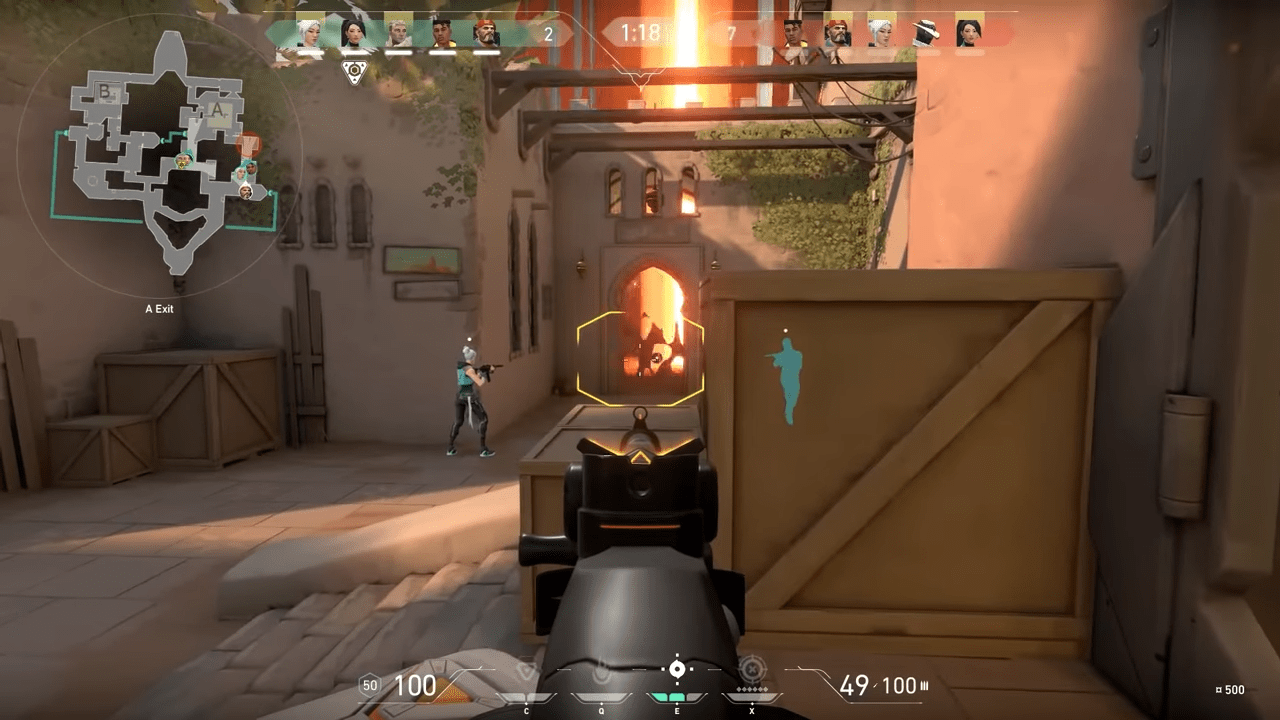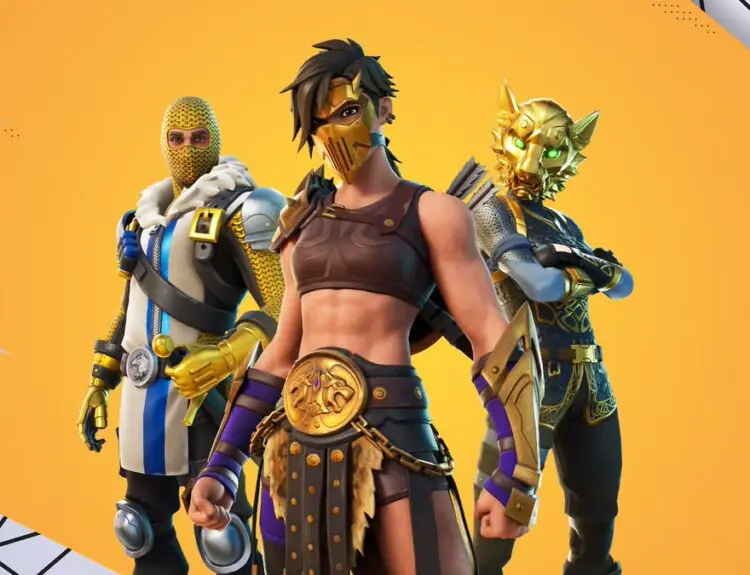Professor Umbridge says it best in Harry Potter and The Order of the Pheonix: ‘Progress for the sake of progress must be discouraged’. Frankly, for many competitive titles that is precisely what patch-notes often end up feeling like.
Small shifts that don’t offer much to players, patch notes for the sake of patch notes; it easily shifts into an intuitive cycle where developers change the same thing twenty times over the course of ten weeks to finally settle on what it was originally.
With Riot coming out swinging with their new hyper-competitive first-person shooter Valorant, many have been analyzing precisely how the patch notes have been offered, and what they contain.
Small shake-ups that are ultimately inconsequential outside of fringe cases, or sweeping shifts that bring the title closer to the developers’ vision (and ideally, better competition). This is arguably the first massive shake-up that players will need to contend with in Valorant, as yet another patch has arrived for the closed-beta title. Barring, of course, the changes to Vanguard that allowed users more control over the anti-cheat.
While this patch takes a look at the more minute aspects and mechanics of heroes and their abilities, along with weaponry details that alter horizontal recoil and per-bullet accuracy, there is a large change that’s incoming. Riot has seen fit to shift the economy of Valorant as a whole, and how it will affect players on a match-by-match basis. First, the maximum credit cap that can be earned and saved is now halted at 9,000, down from 12,000.
Beefy new patch incoming! We're making updates to credit cap, adjusting ability costs, and balance updates for most Agents and weapons: https://t.co/B8WBZPpAOq pic.twitter.com/qbebB5fbMJ
— VALORANT (@VALORANT) May 12, 2020
Riot noted that when one team can save to the credit cap, it is exponentially more difficult for the opposing team to bring the match back to a winnable state. By shifting the credit cap downwards, the hope is that teams that dominate in earlier rounds will still be presented with a fight due to a more volatile economy.
The other massive change aside from the economy (which shifts some purchase costs for abilities and weapons) is also how accuracy is determined.
It’s been a consistent thorn in the side of many players and streamers to seemingly get denied in the face from 100 meters out by a player that appears at a full-sprint. Now players will no longer enter the ‘walking accuracy’ state between sprinting and stopping, although the dead zone accuracy speed threshold increased from 25% to 30%.
This means that it’s far easier to stop and get an accurate round out of the chamber now than it was earlier. This likely isn’t great news for the slew of players that still have massive ping issues, although the other shifts in weaponry accuracy may be enough to justify this alteration to aiming behavior.
All in all, it’s a notable update that many other studios would likely do well to imitate. The patch notes are comprehensive and list the theories behind the changes along with what the developers are looking at for the near future. Here’s hoping that Riot maintains both quality and consistency as Valorant comes ever-closer to its full release.






